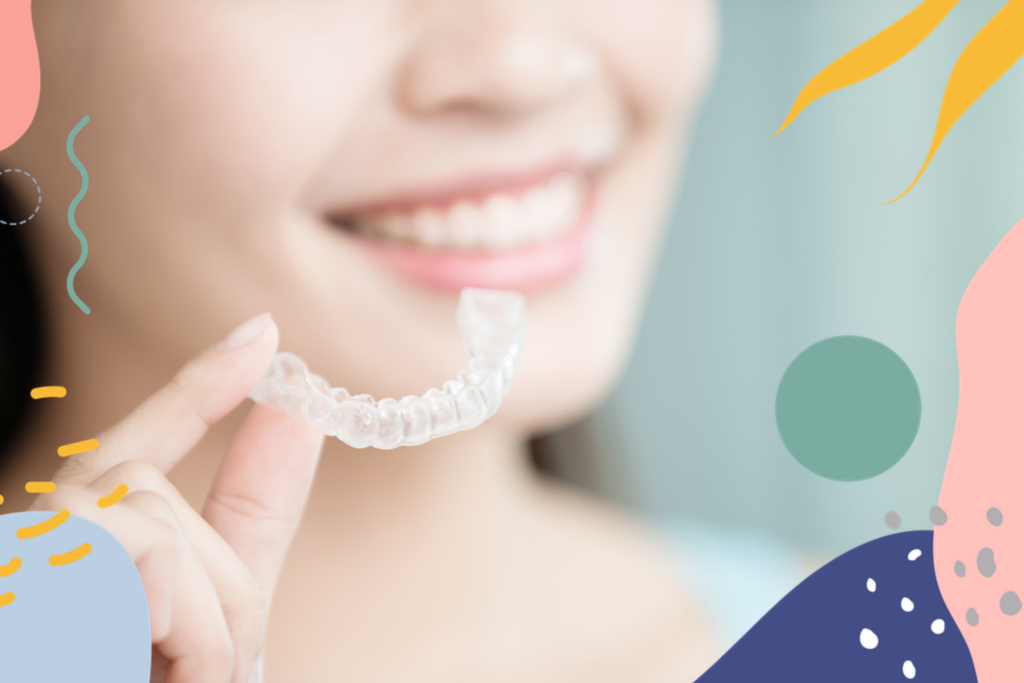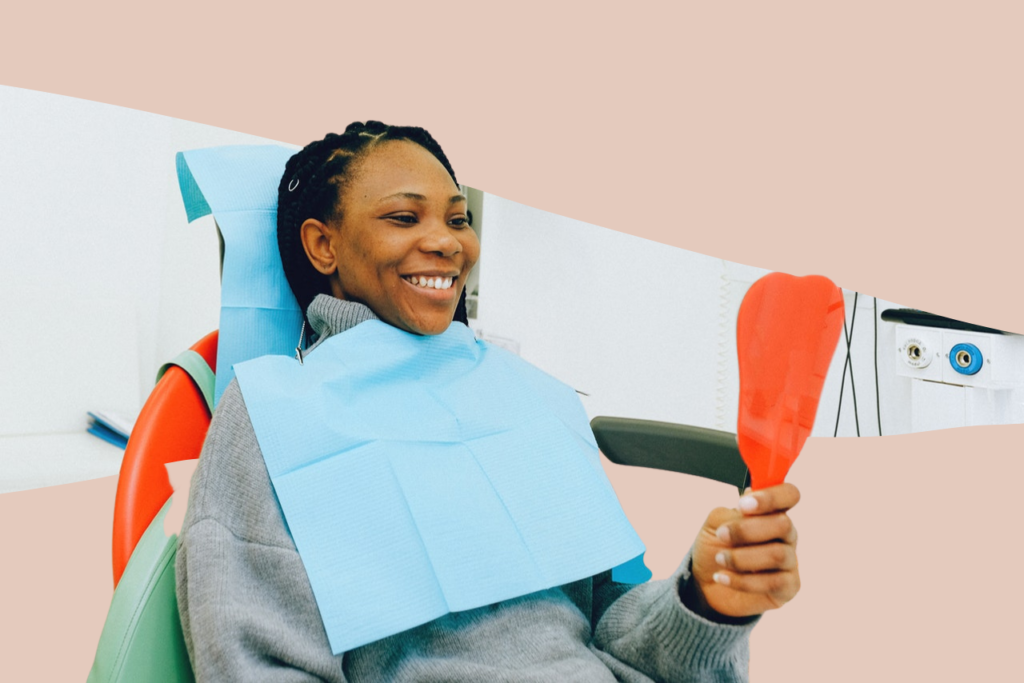Thinking about straightening your teeth? You’ve probably heard about Invisalign, the clear aligner system that’s become something of a household name. But whilst the marketing makes it sound like a miracle solution, it’s worth understanding what it can genuinely achieve, and where its limitations lie.
The landscape has certainly shifted. Where fixed braces were once the only option for serious orthodontic problems, clear aligners have made significant strides. But as with most things in life, the devil’s in the detail.
Why Some Aligners Are More Advanced Than Others
Not all clear aligners are created equal, and Invisalign remains the most clinically tested option on the market. There are good reasons why it’s maintained its position as the industry leader, even as cheaper alternatives have emerged.
The technology behind Invisalign includes advanced digital scanning for increased accuracy, aligners trimmed precisely to your gum line for better comfort, and a patented material that’s both stronger and more durable than standard alternatives. Perhaps most significantly, it can target individual teeth with specialised attachments, something that makes a real difference when tackling complex cases.
A systematic review of Invisalign treatment found that success rates are high, with ongoing research allowing for treatment of increasingly complex malocclusions. The latest developments include integration with CBCT scans, giving practitioners unprecedented visibility of underlying anatomical structures during treatment planning.
This means Invisalign can now address a broader range of orthodontic issues than ever before.

What Invisalign Can Actually Fix
Crooked and Crowded Teeth
In most cases, yes. Invisalign can handle crooked and crowded teeth effectively. The caveat? As the experts at Focus Dental explain, if you’re dealing with severe overcrowding, you might need to have some teeth removed before treatment begins. It’s not the glamorous answer, but sometimes creating space is necessary before you can start straightening.
Gap Teeth
Invisalign works well for closing gaps between teeth, gently shifting the surrounding teeth together. However, if your gap exists because of a missing tooth, aligners won’t solve that problem. You’d need to consider dental implants instead.
Misaligned Bites
This is where Invisalign really shows its capabilities. It can reposition both upper and lower teeth to correct various bite issues, including overbites, underbites, crossbites, and open bites. For most people, this can be done without surgery, though severe jaw misalignment might require a more invasive approach.

The Questions Everyone Actually Wants Answered
Is Invisalign better than traditional braces?
It depends what matters to you. Invisalign is generally more comfortable, removable for eating and cleaning, and virtually invisible. Traditional braces might work slightly faster and can handle certain extreme cases more effectively. Neither is objectively ‘better’. It’s about what suits your lifestyle and specific needs.
Can you just wear them at night?
Afraid not. You’ll need to commit to wearing your aligners for 20 to 22 hours daily. They’re only meant to come out for meals and dental hygiene. Think of it as a part-time commitment that delivers full-time results.
What about existing dental work?
If you’ve got dental implants, you can still have Invisalign treatment, provided the implants are at least six months old. They’re anchored into your jawbone, so they won’t be affected by the movement of surrounding teeth. Generally speaking, it’s better to complete orthodontic treatment before getting implants, as this gives more flexibility in positioning.
As for gum disease – this needs to be addressed first. The foundations of your teeth need to be healthy before you start moving them around. Mild cases might be manageable alongside treatment with a rigorous oral care routine, but it’s not ideal.
Invisalign versus veneers?
These aren’t really comparable options. They’re solving different problems. Veneers offer an immediate cosmetic transformation but require shaving down your natural teeth and will need replacing every five to ten years. Invisalign actually moves your teeth into better positions without causing damage. It’s a longer process, but it’s also permanent (assuming you wear your retainers afterwards).
How much does it cost?
Realistically, you’re looking at anywhere between £1,500 for minor corrections to £5,000 for complex cases. The price reflects the severity of your orthodontic issues, treatment duration, number of aligners required, and frequency of appointments. It’s not cheap, but it’s an investment in your long-term dental health.
The Bottom Line
Research indicates that Invisalign can effectively treat many orthodontic issues that were once considered too complex for clear aligners. That said, it’s not magic. Your best bet is to consult with an orthodontist who can assess your specific situation and give you honest advice about whether Invisalign is suitable for your needs—and what realistic outcomes you can expect.
The technology is impressive, but managing expectations is everything. If you’re considering treatment, do your research, ask the difficult questions, and make sure you’re clear on both the commitment required and the results you can realistically achieve. And remember, good dental hygiene is still the number one thing you can do to improve your teeth.





